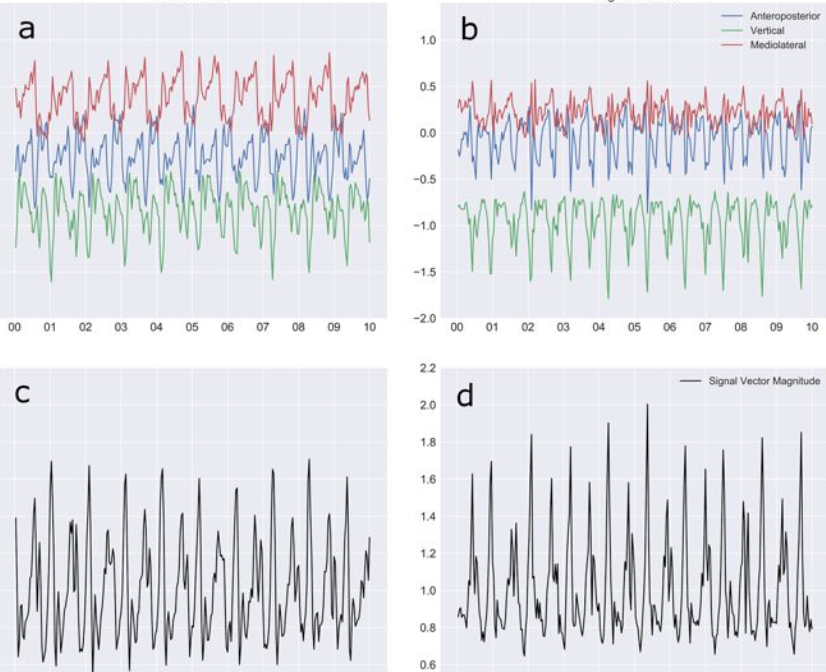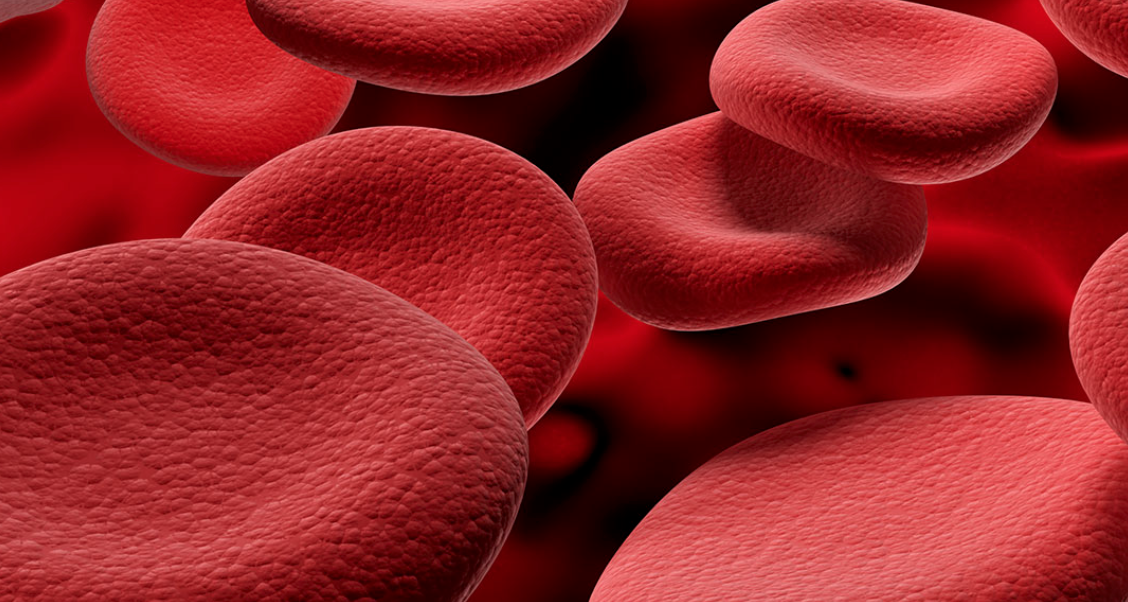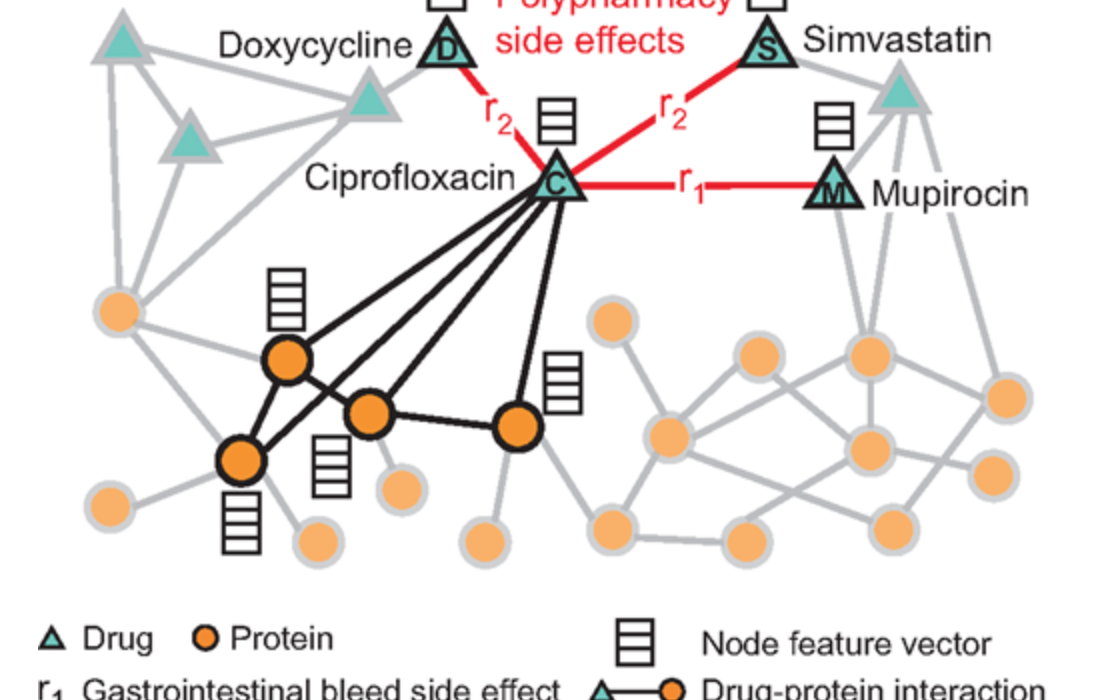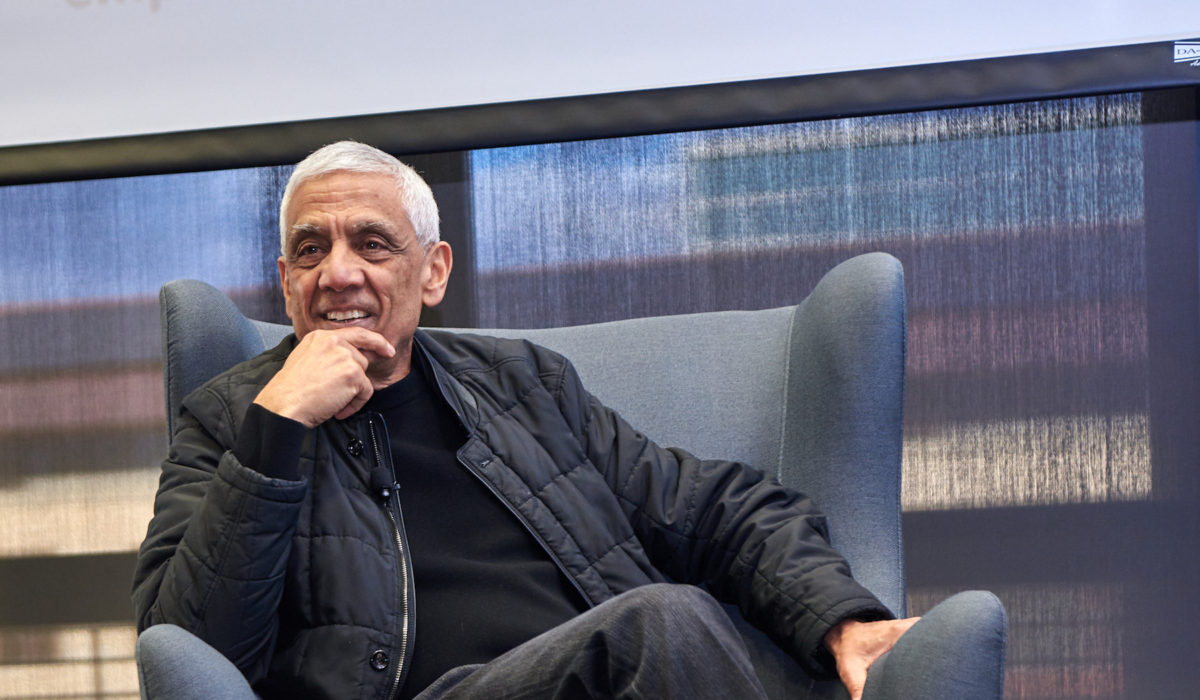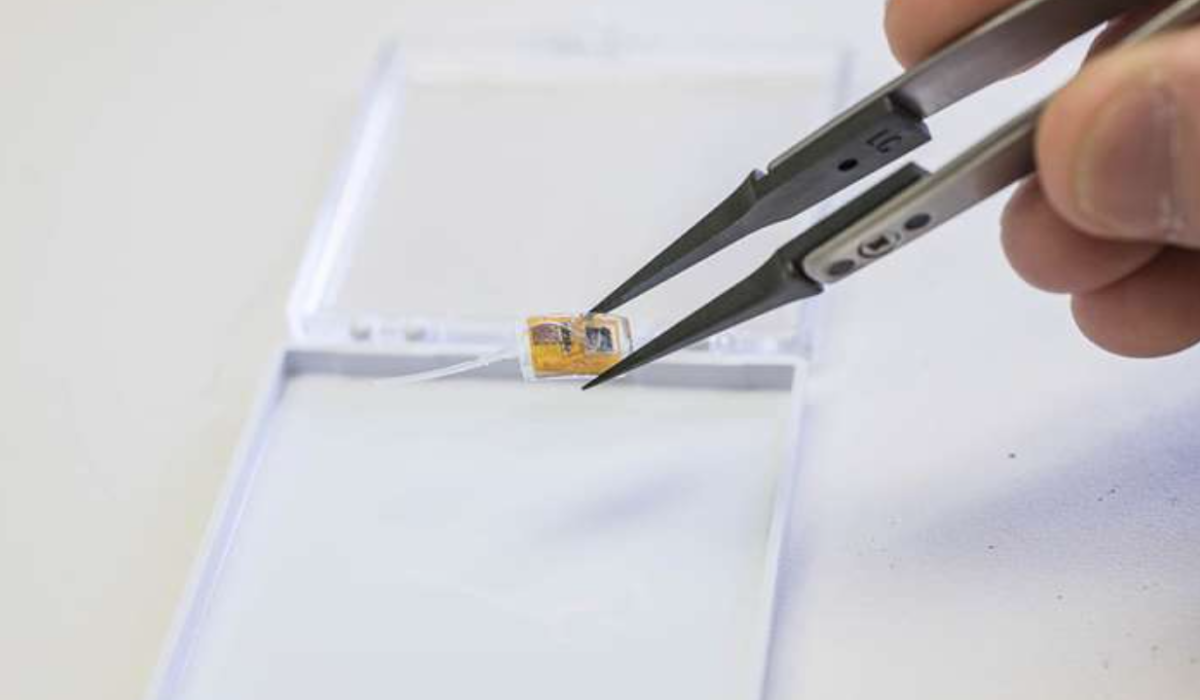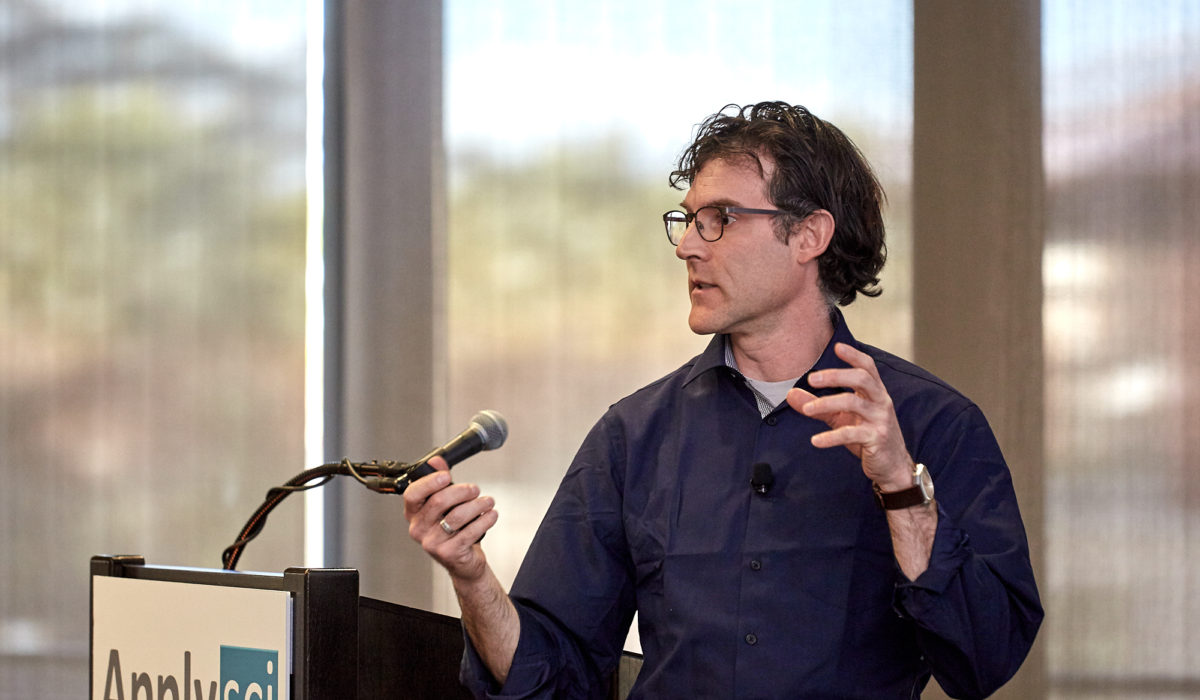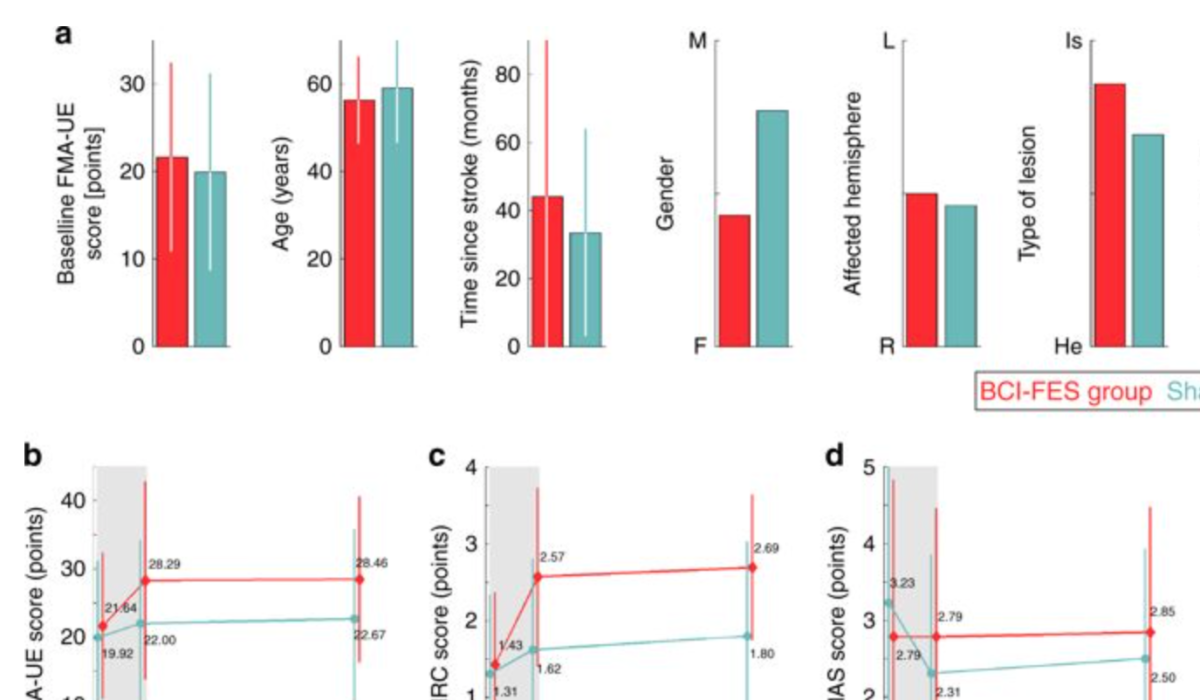Joi Ito discussed health as an antidisciplinary system of systems at ApplySci’s last Wearable Tech + Digital Health + Neurotech conference at MIT: Join ApplySci at the 9th Wearable Tech + Digital Health +...
curated by ApplySci
Monthly Archives: July 2018
Gait sensor predicts senior falls
University of Illinois professors Bruce Schatzand David Buchnerhave developed a system to predict senior fall risk using motion sensors that measure walking patterns. 67 women over 60 were testedon walking ability, detailed past annual...
Sensor assesses blood clotting in 30 minutes
ClotChip assesses blood clotting 95 times faster than current methods, with a single single drop of blood, using miniaturized dielectric spectroscopy. A finger-prick sample is taken from heart arrhythmia, pulmonary embolism, post surgery, or hemophilia patients, to analyze...
AI predicts drug combination complications
Stanford’s Monica Agrawal and Jure Leskovecand Marinka Zitnik used AI to study the body’s underlying cellular machinery and predict side effects of drug combinations. There are about 1,000 known side effects and 5,000 drugs on...
Vinod Khosla on AI in healthcare | ApplySci @ Stanford
Vinod Khosla discussed AI at ApplySci’s recent Wearable Tech + Digital Health + Neurotech conference at Stanford;
VR-enhanced molecular simulations
University of Bristol researchers, Oracle and Interactive Scientific have used Oracle’s cloud infrastructure to combine real-time molecular simulations with VR, enabling them to “touch” molecules as they move— highlighting the potential of VR in...
Eye implant measures pressure, releases fluid, in glaucoma
Caltech’s Azita Emami, Aubrey Shapero, Abhinav Agarwal and colleagues have developed a miniaturized, fully wireless, highly-sensitive, implantable, continuous pressure sensor that can remain in the human eye for four years. The goal is early...
David Axelrod: VR in healthcare & the Stanford Virtual Heart | ApplySci @ Stanford
David Axelrod discussed VR-based learning in healthcare, and the Stanford Virtual Heart, at ApplySci’s recent Wearable Tech + Digital Health + Neurotech conference at Stanford;
Combined BCI + FES system could improve stroke recovery
Jose Millan and EPFL colleagues have combined a brain computer interface with functional electrical stimulation in a system that, in a study, showed the ability to enhance the restoration of limb use after a stroke....
Cheap, molecular-wired, metabolite-measuring sensor
Cambridge’s Anna-Maria Pappa, KAUST’s Sahika Inal, and colleagues have developed a low cost, molecular wired sensor that can measure metabolites in sweat, tears, saliva or blood. It can be incorporated into flexible and stretchable...

